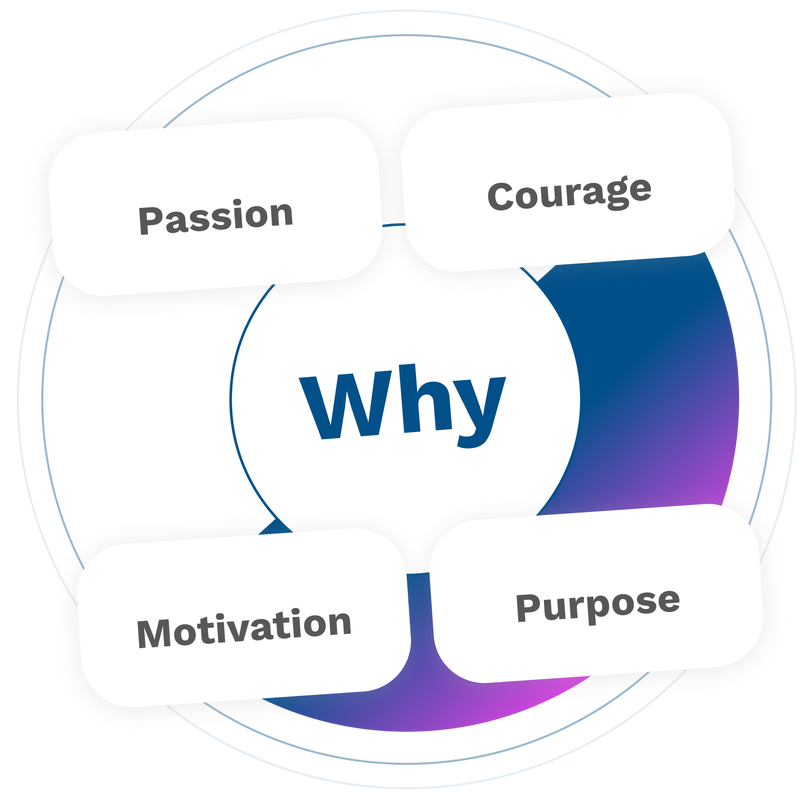What is value-driven?
|
While teammates should feel fairly compensated and appreciated, team happiness has been shown to be directly correlated with feeling a broader purpose for the work we do.
Value-driven teams embrace why they are designing world-class experiences. They truly believe in what they are doing - feeling a sense of comrade with each other. This goes beyond just awareness of values. I employ a leadership strategy that creates an enduring and genuine sense of purpose, including:
|
Nurturing High CQ
|
Almost all teams that I've led are culturally and/or geographically distributed across timezone, ways of working, and cross-cultural traits.
I diligently strive to nurture high cultural intelligence (CQ) with my teams, enabling strong rapport, collaboration, and inclusiveness (even in remote environments). There are three main spectrums I focus on: Individualism vs. Collectivism Focuses on the strength of ties that people have to others within their community. In individualistic cultures, members primarily think of themselves as unique, independent beings with the right and expectation to promote their own self-interest. Collectivistic cultures focus on the interdependence between people and stress the importance of the group's goals as opposed to the individual's goals. |
Power Distance
Refers to the degree of inequality that exists and is accepted between people with or without power. In virtual teams, power distance has implications for decision-making, persuasion, influence, and conflict management. In low power distance cultures, power is more equally shared and distributed. Individuals do not accept situations where power is distributed unequally. Cultures with high power distance have an equal and hierarchical distribution of power. Decisions are made by those with authority at the top of the hierarchy (which is something I like to coach away from).
Uncertainty Avoidance
Relates to the degree of comfort within a society with uncertain and ambiguous situations. In a virtual team, it can be difficult to determine if differences in uncertainty avoidance are preventing progress or if there are reasonable reactions to risky actions on the team. In low uncertainty avoidance cultures, individuals have a greater tolerance for ambiguity. Cultures with high uncertainty avoidance prefer structured over unstructured situations, like careful planning before action, attention to detail, and consensus around decisions.



